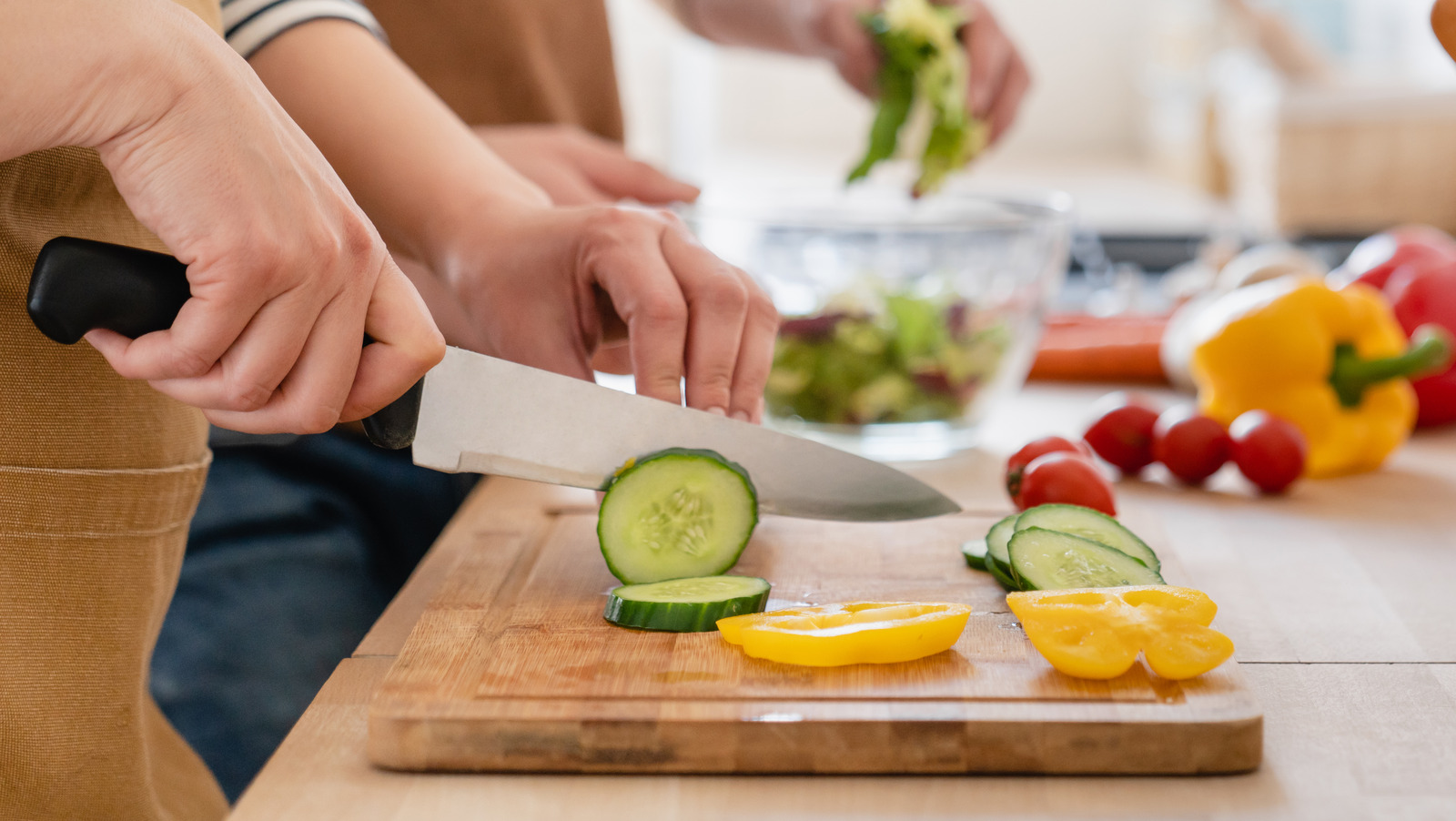As a professional in the culinary world, understanding what is the most important reason for you to wash and sanitize a cutting board is crucial. In any kitchen setting, a cutting board can be a breeding ground for bacteria if not properly maintained. This article takes an in-depth look at why washing and sanitizing your cutting board should be a top priority and how you can ensure safety in your kitchen.
Cutting boards, often overlooked in terms of hygiene, require regular care and cleaning to prevent foodborne illnesses. For those who prepare food frequently, the stakes are even higher. The primary reason for this cleaning is to eliminate harmful bacteria that can spoil food and cause health problems. With the rising concern over food safety, it is imperative to understand not just the methods of washing but also the reasons behind them.

Understanding the Risks
In any commercial kitchen, the use of clean surfaces is vital to avoid cross-contamination. Raw meats, poultry, and seafood are often handled on cutting boards, and any residual bacteria can transfer to other foods, leading to serious health hazards. A significant risk comes from bacteria like Salmonella and E. coli, which can be present on the surface of raw foods.
What Happens When You Neglect Cleaning?
Neglecting the cleaning and sanitization of cutting boards can have dire consequences. Contaminated surfaces often lead to foodborne illnesses that not only compromise your health but can also affect your restaurant's reputation. Customers are more aware than ever of food safety standards, making it essential for kitchen professionals to keep every surfaceand particularly cutting boardsspotless.
Cleaning vs. Sanitizing: What's the Difference?
While cleaning and sanitizing are often used interchangeably, they serve different purposes. Cleaning is the act of removing dirt and debris, while sanitizing reduces the number of bacteria to safe levels. In a kitchen environment, both are necessary to ensure a safe cooking area. According to the Academy of Nutrition and Dietetics, proper cleaning involves the use of soap and warm water, while sanitizing can be achieved with a diluted solution of bleach or other food-safe sanitizers.
Best Practices for Cleaning Cutting Boards
1. **Wash Immediately**: After use, always wash your cutting boards immediately. This ensures that bacteria dont settle in.
2. **Use Hot, Soapy Water**: When cleaning, make sure to use hot, soapy water to effectively remove any food residues.
3. **Sanitize Regularly**: Depending on the frequency of use, utilize a sanitizing solution after the cutting board is cleaned.
How to Sanitize Different Types of Cutting Boards
There are various types of cutting boards available, and they require different methods for effective sanitization. Plastic cutting boards, for example, are often dishwasher safe, while wooden boards need mild soap and a separate sanitization method.
Storing Your Cutting Boards
Proper storage is also crucial for maintaining hygiene. Store your cutting boards in a clean area where they can drain and dry properly. Avoid stacking them unless they are completely dry to prevent bacterial growth.
The Cost of Neglecting Hygiene
The financial implications of a foodborne illness can be staggering, impacting everything from customer trust to legal repercussions. According to health data, millions of Americans fall ill each year due to contaminated food, which can lead to serious complications. By prioritizing the cleaning and sanitization of your cutting boards, you're not just protecting your customersyou're also safeguarding your business.
Conclusion: A Call to Action for Kitchen Professionals
In conclusion, the importance of understanding what is the most important reason for you to wash and sanitize a cutting board cannot be overstated. By committing to rigorous cleaning standards, you create not only a safe cooking environment but also foster a culture of safety in your kitchen. Make washing and sanitizing cutting boards a non-negotiable part of your routine.
FAQs
1. How often should I wash my cutting boards?
You should wash your cutting boards after each use, especially after handling raw meat or fish.
2. Can I use the same cutting board for different foods?
It's advisable to have separate cutting boards for raw meats and vegetables to prevent cross-contamination.
3. What is the best way to sanitize a wooden cutting board?
Wash it with warm, soapy water and then use a mixture of vinegar and water for sanitizing. Avoid soaking wooden boards.

Additional Resources
If you're looking to enhance your knowledge further, consider reading about cutting board thickness or learn how to restore an old cutting board. Understanding the care and maintenance of cutting boards can significantly impact kitchen hygiene.
As an Amazon Associate, I earn from qualifying purchases.


























